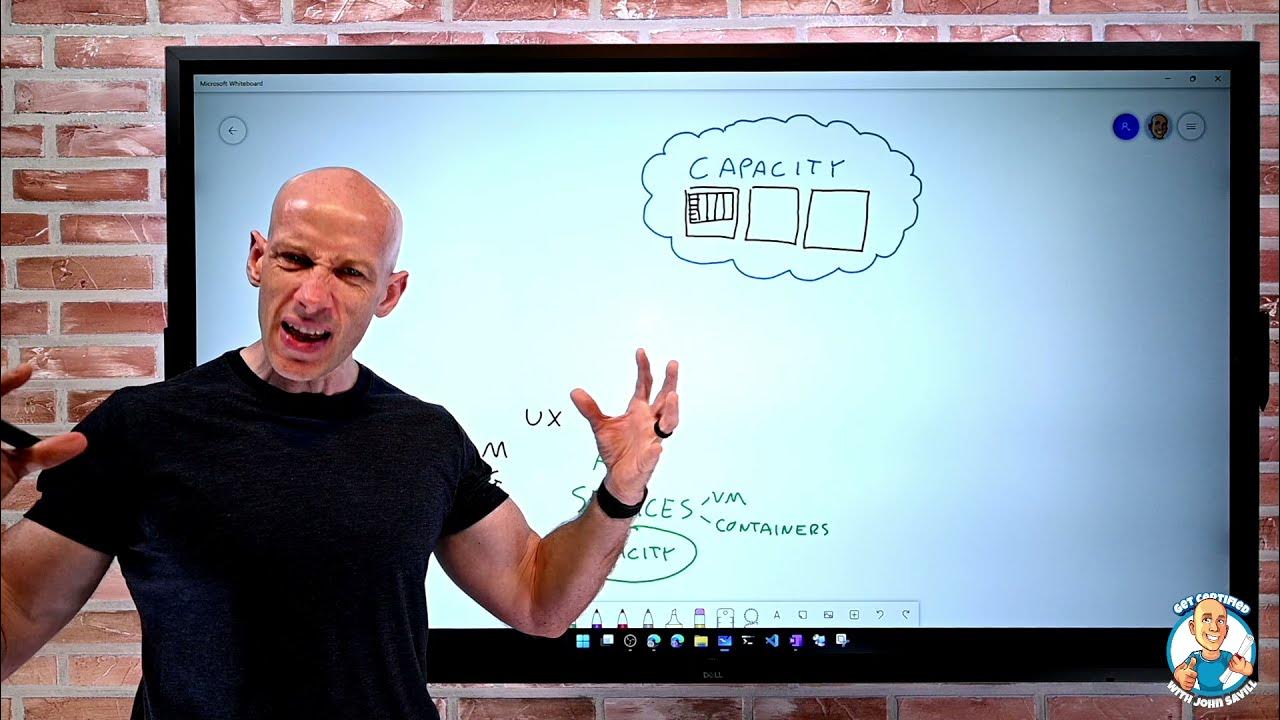Cloud Computing dan Big Data. Apa hubungannya?
Summary
TLDRThe discussion explores the relationship between cloud computing and big data, highlighting how cloud infrastructure enhances the flexibility and scalability needed for managing vast amounts of data. It details the three main service models of cloud computing: Infrastructure as a Service (IaaS), Platform as a Service (PaaS), and Software as a Service (SaaS), emphasizing their benefits in terms of cost efficiency and accessibility. The video also addresses the characteristics of big data, including volume, velocity, variety, veracity, and value. Additionally, it outlines practical applications in healthcare, challenges such as security and legacy system integration, and solutions for effective cloud migration and data management.
Takeaways
- 🌐 Cloud computing and big data are rapidly evolving technologies with significant implications for various sectors, including healthcare.
- 💡 Cloud computing provides flexible infrastructure, allowing for scalable storage and processing capabilities necessary for handling big data.
- 🔍 Cloud services are categorized into three types: Infrastructure as a Service (IaaS), Platform as a Service (PaaS), and Software as a Service (SaaS).
- 💰 The cost efficiency of cloud computing is notable, as it offers flat-rate pricing compared to the high initial costs of building conventional infrastructure.
- 📈 Scalability is a major advantage of cloud computing, enabling users to adjust resources according to their needs and budgets.
- 🔒 Security in cloud services varies, with many providers implementing robust security measures to protect data.
- 📊 Big data is characterized by five key attributes: volume, velocity, variety, veracity, and value, all of which contribute to its complexity and utility.
- 🛠️ Technologies like Hadoop and Spark are essential for managing and analyzing big data effectively.
- 📉 The integration of cloud computing and big data facilitates real-time data processing, which is critical for applications in healthcare and other fields.
- 🛡️ Challenges in integrating cloud computing and big data include security concerns, legacy system integration, and the need for skilled personnel.
Q & A
What is the main focus of the discussion in the transcript?
-The main focus is on the relationship between cloud computing and big data, exploring their significance and impact across various sectors, especially in healthcare.
How does cloud computing support big data?
-Cloud computing provides the necessary infrastructure for big data, allowing for scalable, flexible, and efficient storage and processing of large volumes of diverse data.
What are the three types of cloud computing services mentioned?
-The three types are Infrastructure as a Service (IaaS), Platform as a Service (PaaS), and Software as a Service (SaaS).
What are the key benefits of using cloud computing?
-The benefits include scalability, cost efficiency, accessibility, and enhanced security, allowing users to adjust resources based on their needs without significant upfront investments.
What characteristics define big data?
-Big data is characterized by its large volume, high velocity (speed of data processing), variety (different types of data), veracity (accuracy), and value (insightful information can be extracted from it).
What tools and technologies are commonly used in big data processing?
-Common tools include Hadoop for storage and processing, Spark for fast data processing, and NoSQL databases for flexible data storage.
How does real-time data processing benefit healthcare applications?
-Real-time processing allows for immediate monitoring and analysis of patient data from medical sensors, enhancing patient care and timely decision-making.
What challenges are associated with integrating cloud computing and big data?
-Challenges include security and privacy concerns, legacy system integration, and the need for adequate infrastructure and resources.
What solutions are suggested for overcoming challenges in cloud and big data integration?
-Suggested solutions include implementing security standards, phased migration strategies, and enhancing workforce skills through training.
What example is given of cloud computing usage in healthcare?
-An example mentioned is the use of cloud services for storing and analyzing electronic health records (EHR) to improve data accessibility and efficiency.
Outlines

Этот раздел доступен только подписчикам платных тарифов. Пожалуйста, перейдите на платный тариф для доступа.
Перейти на платный тарифMindmap

Этот раздел доступен только подписчикам платных тарифов. Пожалуйста, перейдите на платный тариф для доступа.
Перейти на платный тарифKeywords

Этот раздел доступен только подписчикам платных тарифов. Пожалуйста, перейдите на платный тариф для доступа.
Перейти на платный тарифHighlights

Этот раздел доступен только подписчикам платных тарифов. Пожалуйста, перейдите на платный тариф для доступа.
Перейти на платный тарифTranscripts

Этот раздел доступен только подписчикам платных тарифов. Пожалуйста, перейдите на платный тариф для доступа.
Перейти на платный тарифПосмотреть больше похожих видео
5.0 / 5 (0 votes)






